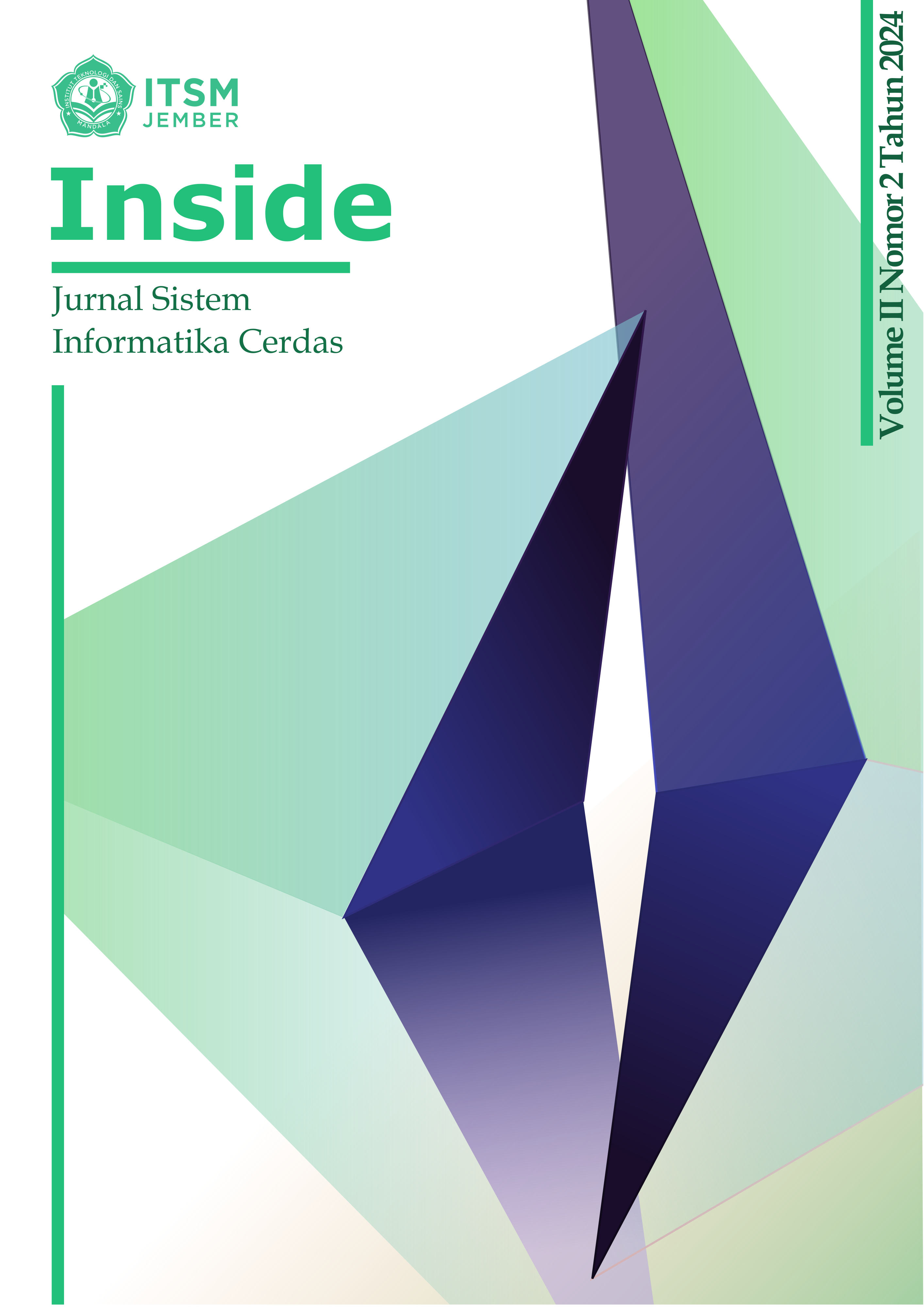Implementation of K-Means Algorithm for Poverty Clustering (Case Study: East Java Province)
Abstract
Poverty is a crucial issue that requires attention and effective handling to achieve equitable development. This study aims to utilise the K-Means algorithm in clustering poverty in East Java based on the classification of available data. This study uses poverty data from the Central Bureau of Statistics from 2013-2024, including indicators of the number of poor people by district/city in East Java. The K-Means algorithm is used to cluster the regions in East Java into homogeneous groups in terms of poverty. The process begins with data preprocessing, normalisation, and selection of the optimal K parameter for the algorithm. The clustering results are expected to provide a clearer picture of poverty distribution and enable more targeted and effective policy development. The results of this study obtained 3 main clusters of poverty in the province of East Java, including cluster 0 small poverty category 23 regions, cluster 1 medium poverty category 15 regions and cluster 2 high poverty category. The findings of this study are expected to contribute to the planning of more targeted social and economic interventions in East Java. With the use of the K-Means algorithm, it is expected that there will be an improvement in the effectiveness of poverty alleviation programmes through a data-driven and analytical approach.



